Content
Then again, we should remember that a percentage of that power is actually harmless renewable energy. But in a decentralized system, therefore, in the world of crypto, such an entity, that would act as a bank, doesn’t exist. This means that proof of work is needed to stop people from stealing or tampering.
The more “work” done, the longer the chain, and the higher the block number, the more certain the network can be of the current state of things. And many other cryptocurrencies is essentially a database, but it’s far different from a typical, centralized ledger. It’s decentralized and powered by peer-operated nodes distributed around the world, with no supervising authority to call the shots. Because of this, some transactions that once appeared as if they are already in the blockchain, suddenly seem to disappear for a while, until they are added again as part of a new block. Once transactions are placed in a node and that node is working on solving the hashing puzzle, there is no guarantee that they will be part of the blockchain – even if the node is the winner.
Keep on going by increasing the nonce by 1 at a time, until a hash with the predetermined number of 0s at the beginning is obtained. This process of calculating the hash puzzle is also known as mining the block. If the resulting hash doesn’t start with the desired number of 0s, then add 1 to the nonce, and re-calculate the hash. If the hash still doesn’t start with the desired number of 0s, repeat the process again.
Ethereum is currently in the process of transitioning from proof of work to a proof of stake model with its Ethereum 2.0 launch. The nonce is a value added to a block that starts at 0 and is incremented by 1 until the calculated hash of that block contains a predetermined number of 0s in front. Before investing, consider your investment objectives and Titan’s fees. The rate of return on investments can vary widely over time, especially for long term investments. Bitcoin accounts for about 43% of the total $1.9 trillion valuation for cryptocurrencies, and it’s the No. 1 user of PoW. The simple rule is that the chain with the most work is the most valid.
In the proof of work protocol, cryptocurrency miners compete against each other to verify transactions of the first to do so receives a reward. In proof of stake, network members are chosen based on their cryptocurrency ownership to verify transactions and receive rewards. Proof of stake, unlike proof of work, is energy efficient and doesn’t require specialized equipment for participation. As a mechanism of security, PoW also uses energy and computation to protect the network against attacks. Using cryptography, hashes, and complicated puzzles, PoW works to ensure that the digital ledger remains unalterable for good. To alter the blockchain, one would have to have vast computational power and hardware that can solve algorithms of otherworldly difficulty.

Until the invention of Hashcash, it was the biggest obstacle to the invention of a decentralized electronic cash system. Proof-of-Work and the difficulty adjustment also regulate the emission rate of bitcoin. One of the advantages of Proof of Capacity is that there is a significant level of diversification.
A Guide To Valora: Making Crypto Easily Accessible In Day
Examples of these attacks are those against Krypton, Shift, and Bitcoin Gold. The winner gets to update the blockchain, verifying the most recent transactions and receives a predefined quantity of cryptocurrencies. In a blockchain, proof of work represents the method of confirming a transaction and producing new blocks for the chain. Miners are those who are in charge of confirming the transactions and arranging the blocks. They use CPUs and special electronic circuits in order to solve complex mathematical puzzles, which leads to an increased level of energy consumption. While the first one to get the solution to the mathematical problem receives the consensus permission to choose a block to add to the blockchain.
Its ability to create automatic consensus with no centralized management was a breakthrough, and it helped incubate a new industry of financial services and mint billions of dollars of new wealth. The difficulty is a measure of how hard it is to produce a Proof-of-Work, required to publish a block to the blockchain. Bitcoin’s difficulty updates periodically so that Bitcoin blocks arrive every 10 minutes, probabilistically. Proof-of-Work and the difficulty adjustment force the marginal cost of mining bitcoin to hover around the cost of bitcoin, the token, itself.
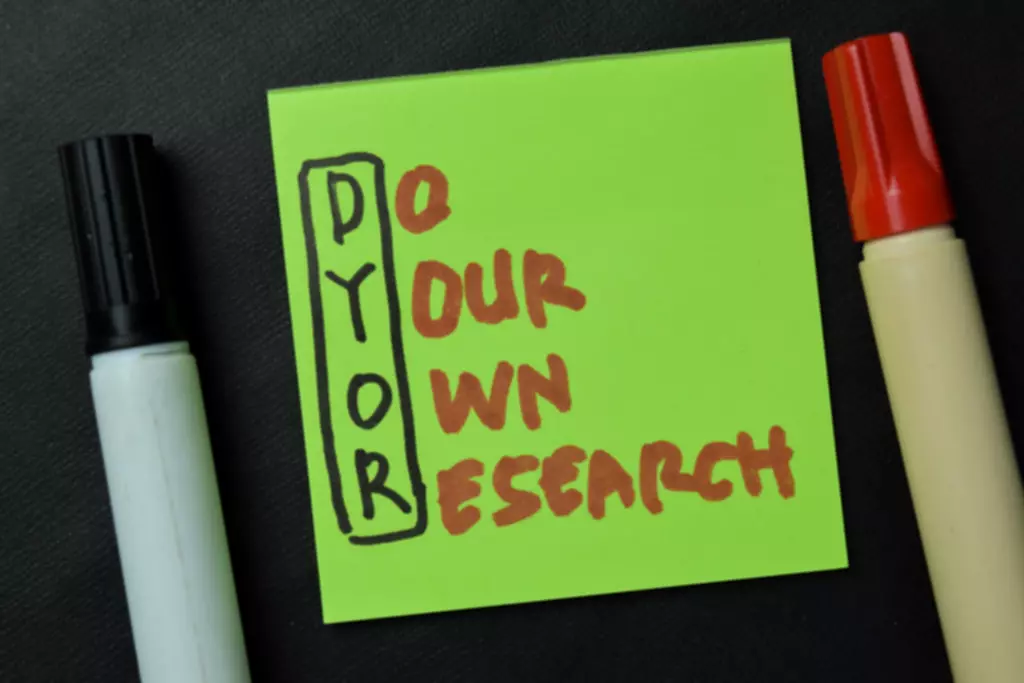
Network-bound if the client must perform few computations, but must collect some tokens from remote servers before querying the final service provider. In this sense, the work is not actually performed by the requester, but it incurs delays anyway because of the latency to get the required tokens. There are also fixed-cost functions such as the time-lock puzzle. Here’s an example of how Bitcoin uses proof of work to maintain the integrity of its blockchain. One of the main cons of proof of work is the high use of energy. According to some studies, because of proof of work, Bitcoin is using as much energy as a country like Switzerland.
It uses a PoW algorithm based on the SHA-256 hashing function in order to validate and confirm transactions as well as to issue new bitcoins into circulation. Miners pool together to increase their chances of mining blocks, which generates transaction fees and, for a limited time, a reward of newly-created bitcoins. In order to commit transaction fraud in a blockchain, a bad actor would have to corrupt 51% of https://xcritical.com/ its nodes, which would translate into the misuse of this percentage as hash rate or processing power. The blockchain Proof-of-Work consensus algorithm is the oldest consensus mechanism and the most popular algorithm. Of course, there are many reasons that may have contributed to its popularity. But the primary rationale for its reputation is its capability to promote honesty in the decentralized ecosystem.
Drawbacks Of Pow
Nothing on this website should be considered an offer, solicitation of an offer, or advice to buy or sell securities. Any historical returns, expected returns, or probability projections are hypothetical in nature and may not reflect actual future performance. Account holdings are for illustrative purposes only and are not investment recommendations. Charts and graphs provided within are for informational purposes solely and should not be relied upon when making any investment decision. Any projections, estimates, forecasts, targets, prospects, and/or opinions expressed in these materials are subject to change without notice and may differ or be contrary to opinions expressed by others.
- Using it for anything else would therefore be a waste of societal wealth.
- The use of cryptographic technology allows anyone to send and receive digital assets securely.
- Imagine if Bitcoin tokens could be copied and pasted—they would have little value to investors or users because they could be created at will by anyone.
- Titan Global Capital Management USA LLC (“Titan”) is an investment adviser registered with the Securities and Exchange Commission (“SEC”).
- But in order to claim their reward, the miner must prove they carried out all the computational effort required or in short show proof of their work.
PoW and PoS are the two best known Sybil deterrence mechanisms. In the context of cryptocurrencies they are the most common mechanisms. As the value of a cryptocurrency increases, a larger number of miners are incentivized to join the network, thus making it safer and giving it more power. As a result of the processing power used, it’s not viable anymore for a bad actor to try and meddle with the blockchain. Bitcoin miners attempt to solve complex math equations with the energy-intensive process, all to generate new blocks and earn BTC rewards.
If calculating the correct block hash takes, say, 15 minutes for one block with the Proof of Work, then once that block is added to the chain, verification that the hash is correct would be very quick. On the other hand, the Proof of Work makes it very easy to verify if that hash is actually correct. We calculate the hash only once, by including the current value of the nonce available in that block.
Crypto
A new block is accepted by the network each time a miner comes up with a new winning proof-of-work, which happens roughly every 10 minutes. Proof of work and proof of stake are two different consensus mechanisms for cryptocurrency, but there are important differences between them. With cryptocurrencies, there are no bankers or financial institutions to ensure trust. Instead, miners and proof of work guarantee transparent, accurate transactions. For blockchains that use proof of work, miners are the guardians and facilitators that make the system run smoothly and accurately.
Ethereum Classic (ETC) vs. Ethereum Proof of Work (ETHW): What’s the Difference? – MUO – MakeUseOf
Ethereum Classic (ETC) vs. Ethereum Proof of Work (ETHW): What’s the Difference?.
Posted: Sat, 15 Oct 2022 10:00:00 GMT [source]
While the proof of work method isn’t the only way to operate a cryptocurrency network, it’s currently the most widely used cryptocurrency algorithm. Proof of work is a method that uses computing power to achieve distributed consensus. So far, PoW has managed to give rise to a vibrant blockchain ecosystem. Because there are so many possible combinations, and you have to work through so many nonces to find the right one, it takes tons of computing power.
Why Is Cryptography Important For Cryptocurrency?
Many times, people explain this data as the solution to a puzzle. Essentially, members of a given community work to solve a complex puzzle. From that point on, PoW has become a key element of cryptocurrency and blockchain technology. Many activists are concerned that PoW blockchains are causing irreversible environmental damage. Bitcoin likely emits more than 21 million metric tons of CO2 every year and uses roughly 35 TWh of electricity annually.
It also makes it difficult for a user or pool of users to monopolize the network’s computing power, since the machinery and power required to complete the hash functions are expensive. Because proof of stake doesn’t require nearly as much computing power as proof of work, it’s more scalable. It can process transactions more quickly for lower fees and with less energy usage, making proof-of-stake cryptocurrencies more environmentally friendly. It’s also much easier to start staking crypto than mining since there’s no expensive hardware required.
It enables the blockchain to show that every Bitcoin transaction and newly minted token is an original, and not a copy. In a blockchain network, users receive and send coins to other users and the ledger combines transactions into blocks. However, it is essential to keep all the transactions in the right order and verify the same. Since there are no leaders on PoW chains like Bitcoin, reaching a consensus within the community is challenging. Unlike proof-of-stake chains, network participants can’t “vote” on proposals with their tokens. Also, since nobody hires new Bitcoin miners to join the network, it’s difficult to predict where Bitcoin’s hash power will come from at any given time.
Latest In Crypto
On average, someone will generate acceptable proof of work every ten minutes, but who it will be is anyone’s guess. Describes a complete money system based on proof of work functions and the machine architecture problem raised by the use of these functions. “An constant-effort solution-verification Ethereum Proof of Stake Model proof-of-work protocol based on Merkle trees”. We don’t know for certain, but we have a line on eight possibilities. This guide will explain everything you need to know about taxes on crypto trading and income. These problems are why some have decided to move to proof of stake.
Proof of work is significant as it adds trust to an unreliable environment. When mining professionals decide to fight for the reward for getting the upcoming block right, they agree to accept the rules of the community of nodes. They don’t indulge in manipulating the blockchain for its own requirements. The workflow is essentially the same as Bitcoin’s Proof of Work algorithm’s consensus method but without excessive energy consumption.
He has done extensive work and research on Facebook and data collection, Apple and user experience, blockchain and fintech, and cryptocurrency and the future of money. Proof-of-work systems have been criticized by environmentalists for their energy consumption. Proof of work is a form of cryptographic proof in which one party proves to others that a certain amount of a specific computational effort has been expended. Verifiers can subsequently confirm this expenditure with minimal effort on their part. The term “proof of work” was first coined and formalized in a 1999 paper by Markus Jakobsson and Ari Juels. When Bitcoin transactions occur, they go through a security verification and are grouped into a block to be mined.
Market Data
The winning miner per each 10 minute round is rewarded both the block reward (currently 12.5 BTC) and the transaction fees in the block. This drives an incentive system for miners to remain honest in their propagation of blocks for two primary reasons. Bitcoin was the first blockchain to ever use this type of consensus mechanism and others followed suit, such as Ethereum. Currently, many networks are making a move towards proof of stake. So, for every successful validation of a block, a reward is given to compensate for the effort.
As a result, PoW is a way of verifying current and past transactions. Additionally, the work that goes into solving the puzzle generates rewards for whoever solves it. In the world of cryptocurrency, that’s basically what “mining” is. Anyone who successfully solves the algorithmic puzzle receives transaction fees and a block reward, which is a predetermined amount of the native cryptocurrency like Bitcoin. In Bitcoin’s case, this block reward began at 50 BTC per block, but it’s cut in half every four years so as to not over-inflate the currency.
Bitcoin’s difficulty is adjusted roughly every four weeks, in order to ensure that a valid hash is found on average every 10 minutes. The hard drive space you possess will determine the chance of mining the next block and earn a bonus. It appears similar to Proof of Stake, where the validator with the most coins in their wallet receives the reward. In some situations, Bitcoin mining operations use surplus energy that a country’s power grid would otherwise be unable to distribute.
Encouragingly, the crypto community seems to be addressing the waste that’s built into PoW. For example, Ethereum is currently exploring ways to switch to Proof of Stake. This model could cut back on the amount of energy required to maintain the blockchain. Creating a new block requires a lot of energy, which a recent study that compared cryptocurrency mining to aluminum mining emphasized.

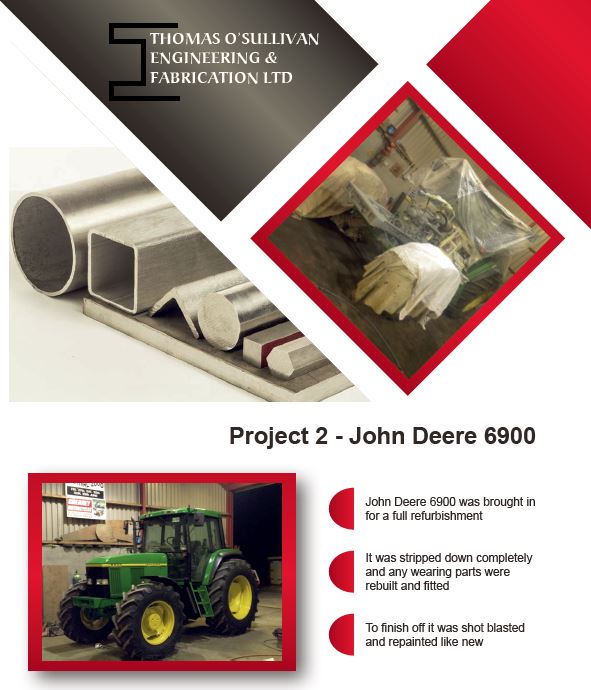

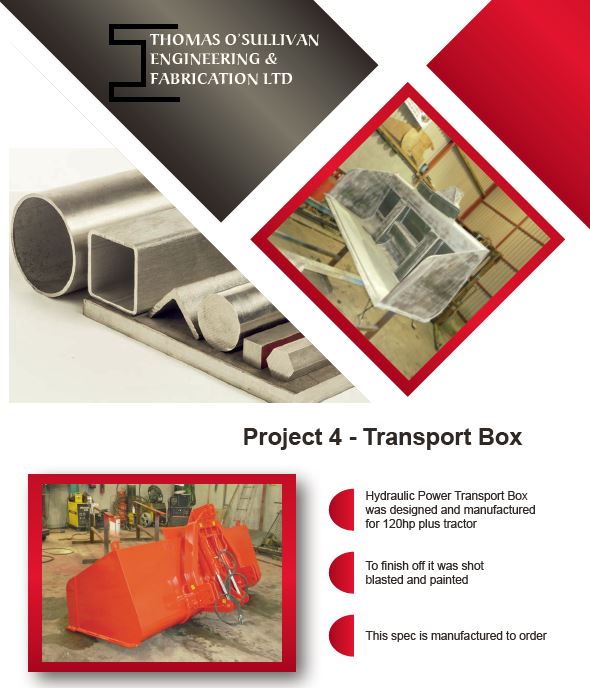
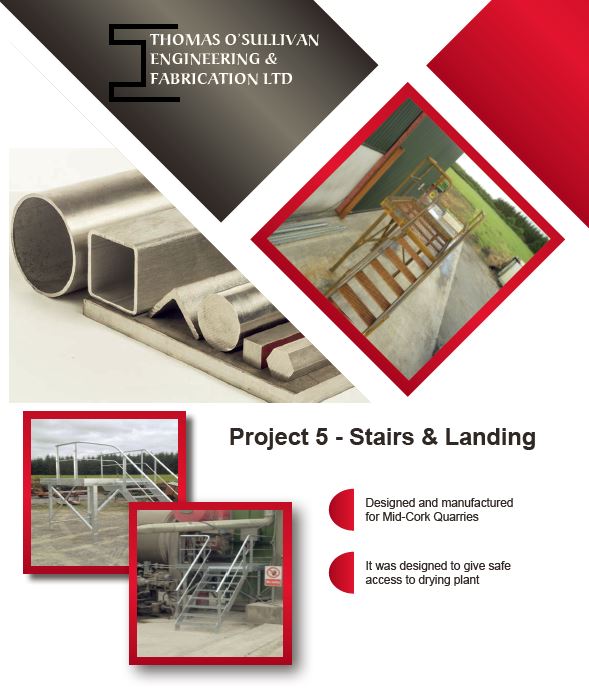
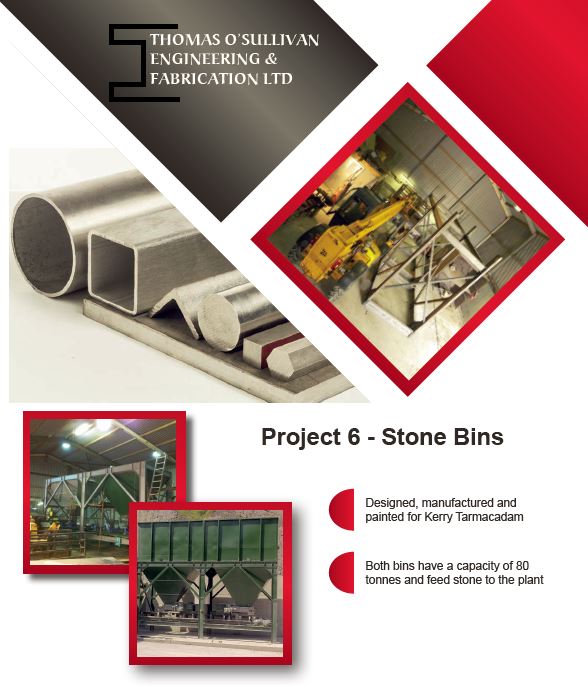
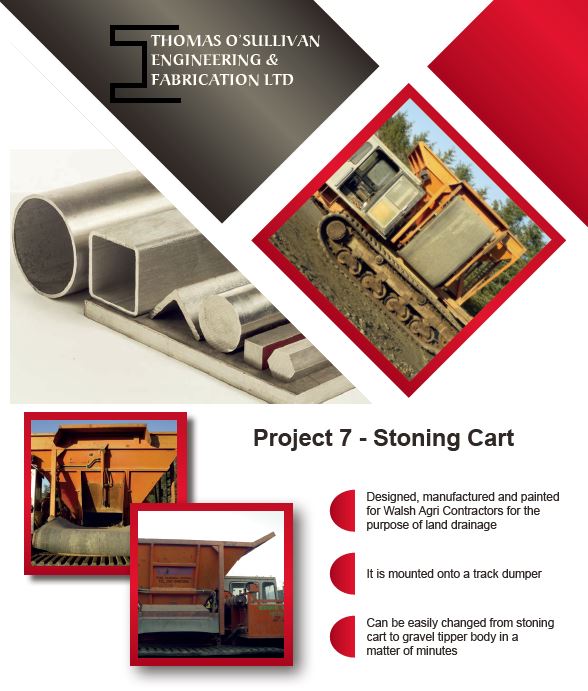
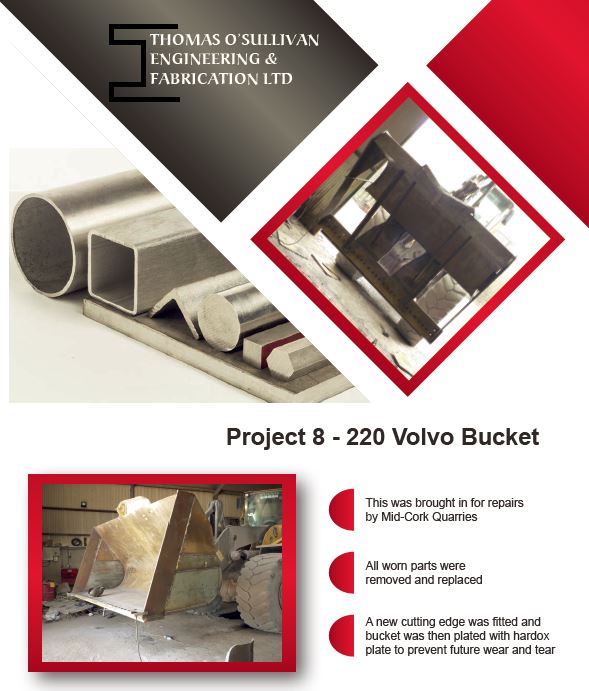

Leave a Reply